Increased Awareness of Energy Efficiency
In the Smart Lock Market, there is a growing awareness of energy efficiency and sustainability. Consumers are becoming more conscious of their environmental impact and are seeking products that contribute to energy savings. Smart locks, particularly those that utilize low-energy Bluetooth technology, are appealing to eco-conscious consumers. Additionally, the ability to control access remotely can lead to reduced energy consumption by allowing homeowners to manage their heating and cooling systems more effectively. Market Research Future indicates that the demand for energy-efficient smart home products is on the rise, with smart locks positioned as a key player in this trend. This focus on sustainability is likely to influence purchasing decisions, thereby driving growth in the Smart Lock Market.
Rising Demand for Home Security Solutions
The Smart Lock Market is experiencing a notable increase in demand for enhanced home security solutions. As urbanization continues to rise, concerns regarding burglary and unauthorized access have escalated. According to recent data, approximately 60% of homeowners express a desire for improved security measures. This trend is driving the adoption of smart locks, which offer advanced features such as remote access, real-time monitoring, and integration with security systems. The convenience of managing home security through mobile applications further appeals to tech-savvy consumers. As a result, manufacturers are focusing on developing innovative smart lock solutions that cater to these security needs, thereby propelling growth in the Smart Lock Market.
Growing Adoption of Smart Home Technologies
The Smart Lock Market is benefiting from the growing adoption of smart home technologies. As consumers increasingly embrace automation and connectivity in their homes, smart locks are becoming a fundamental component of smart home ecosystems. The integration of smart locks with other devices, such as security cameras and smart lighting, enhances overall home security and convenience. Recent surveys indicate that nearly 40% of households are now equipped with at least one smart home device, with smart locks being among the most popular choices. This trend suggests a shift in consumer behavior towards interconnected home solutions, which is likely to drive further growth in the Smart Lock Market as more homeowners seek to enhance their living environments.
Technological Advancements in Locking Mechanisms
Technological advancements are significantly influencing the Smart Lock Market. Innovations in locking mechanisms, such as biometric recognition and mobile connectivity, are enhancing the functionality and appeal of smart locks. For instance, the integration of fingerprint scanners and facial recognition technology provides users with a higher level of security and convenience. Market data indicates that the segment of smart locks featuring biometric technology is projected to grow at a compound annual growth rate of over 20% in the coming years. This surge is attributed to the increasing consumer preference for high-tech security solutions. As manufacturers continue to invest in research and development, the Smart Lock Market is likely to witness a proliferation of advanced locking technologies.
Expansion of E-commerce and Online Retail Channels
The Smart Lock Market is experiencing a transformation due to the expansion of e-commerce and online retail channels. As consumers increasingly prefer the convenience of online shopping, smart locks are becoming more accessible to a broader audience. E-commerce platforms provide detailed product information, customer reviews, and competitive pricing, which facilitate informed purchasing decisions. Recent statistics show that online sales of smart home devices, including smart locks, have surged, accounting for over 30% of total sales in the sector. This trend is expected to continue as more consumers turn to online platforms for their home security needs. Consequently, the Smart Lock Market is likely to benefit from this shift towards digital retail, enhancing market penetration and growth.
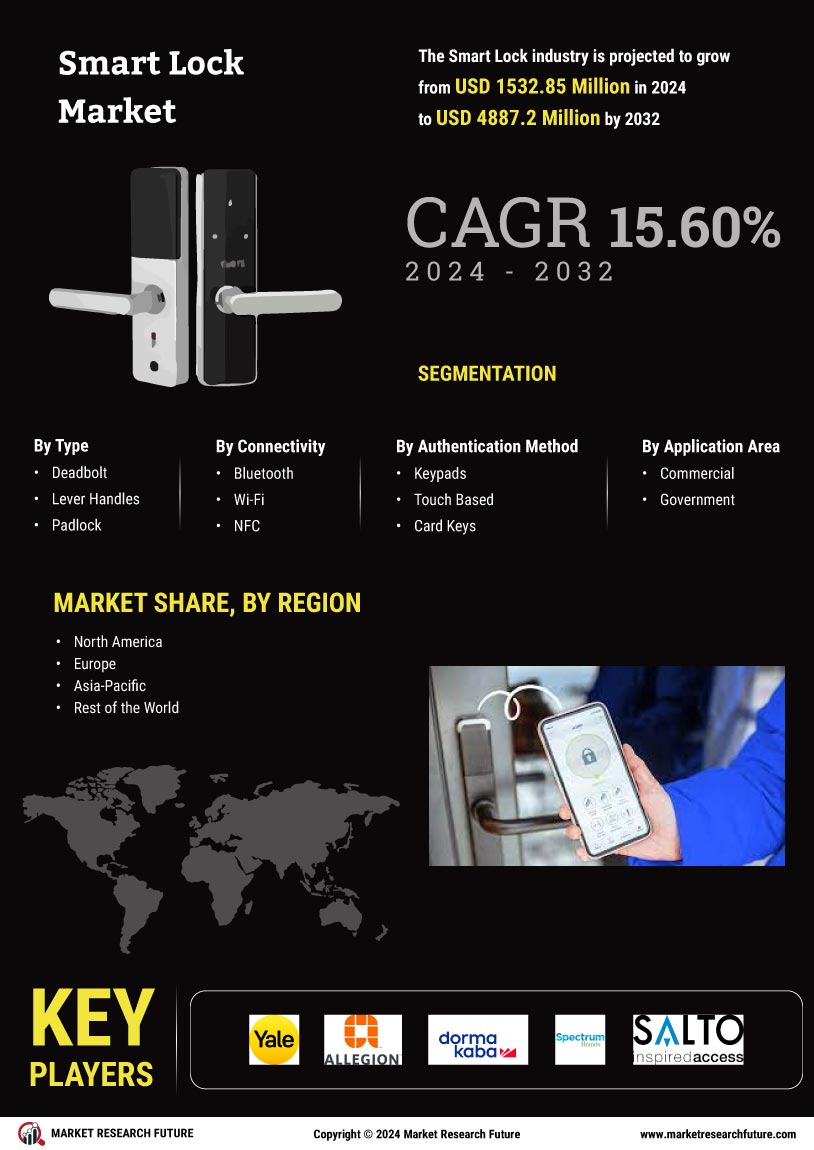
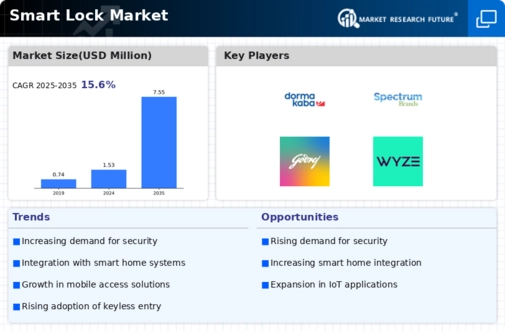
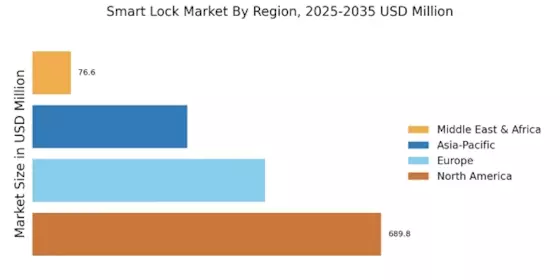
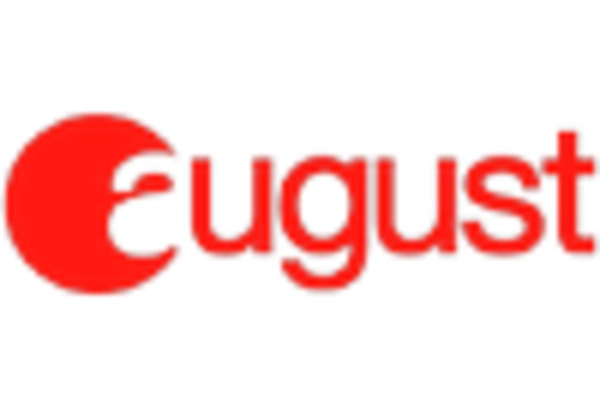
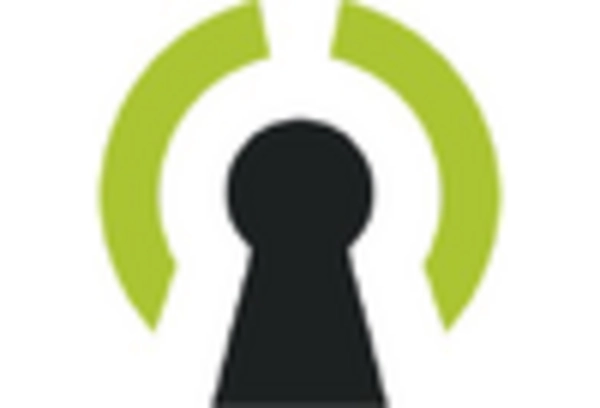
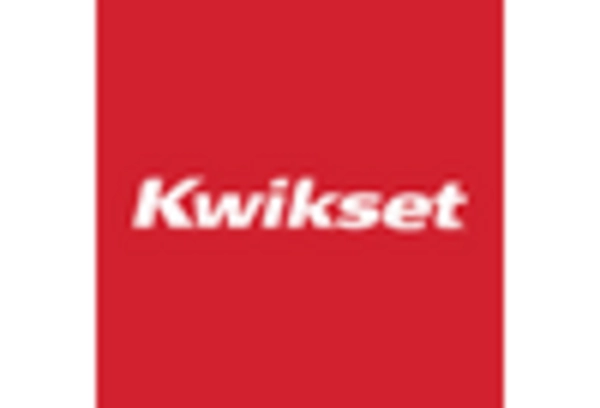
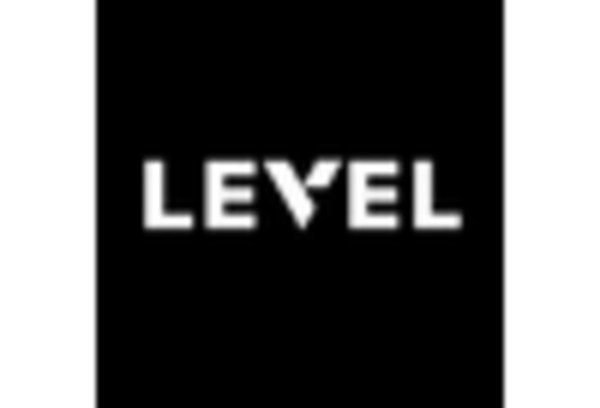
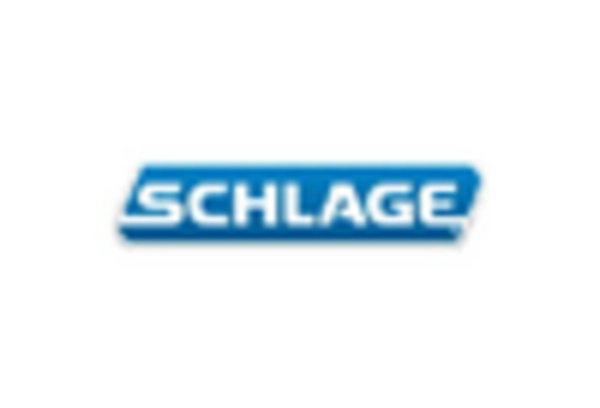
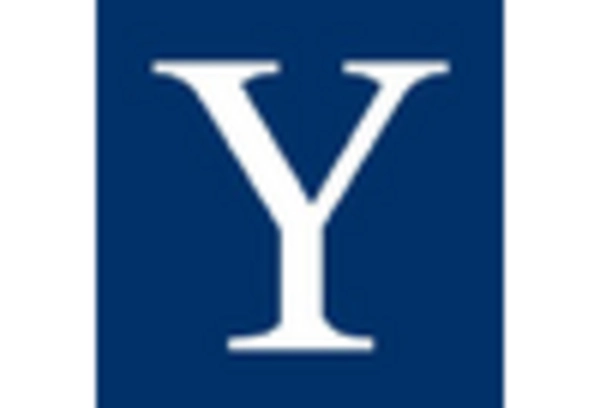








Leave a Comment